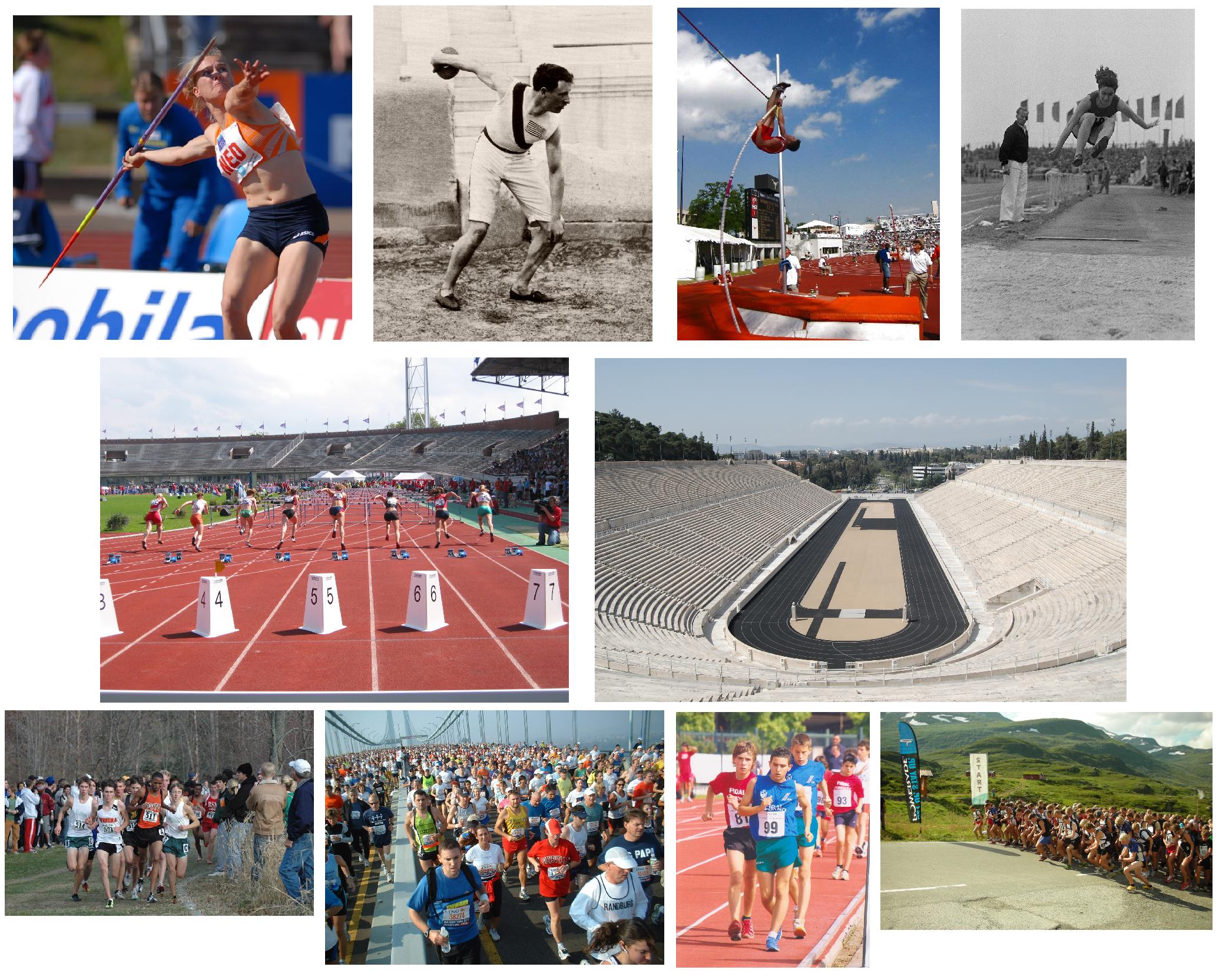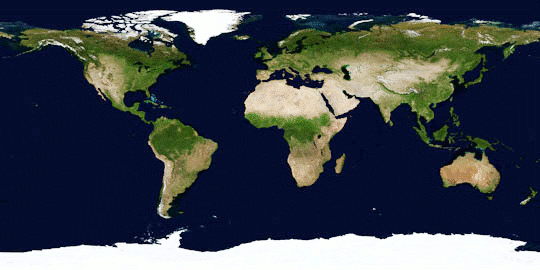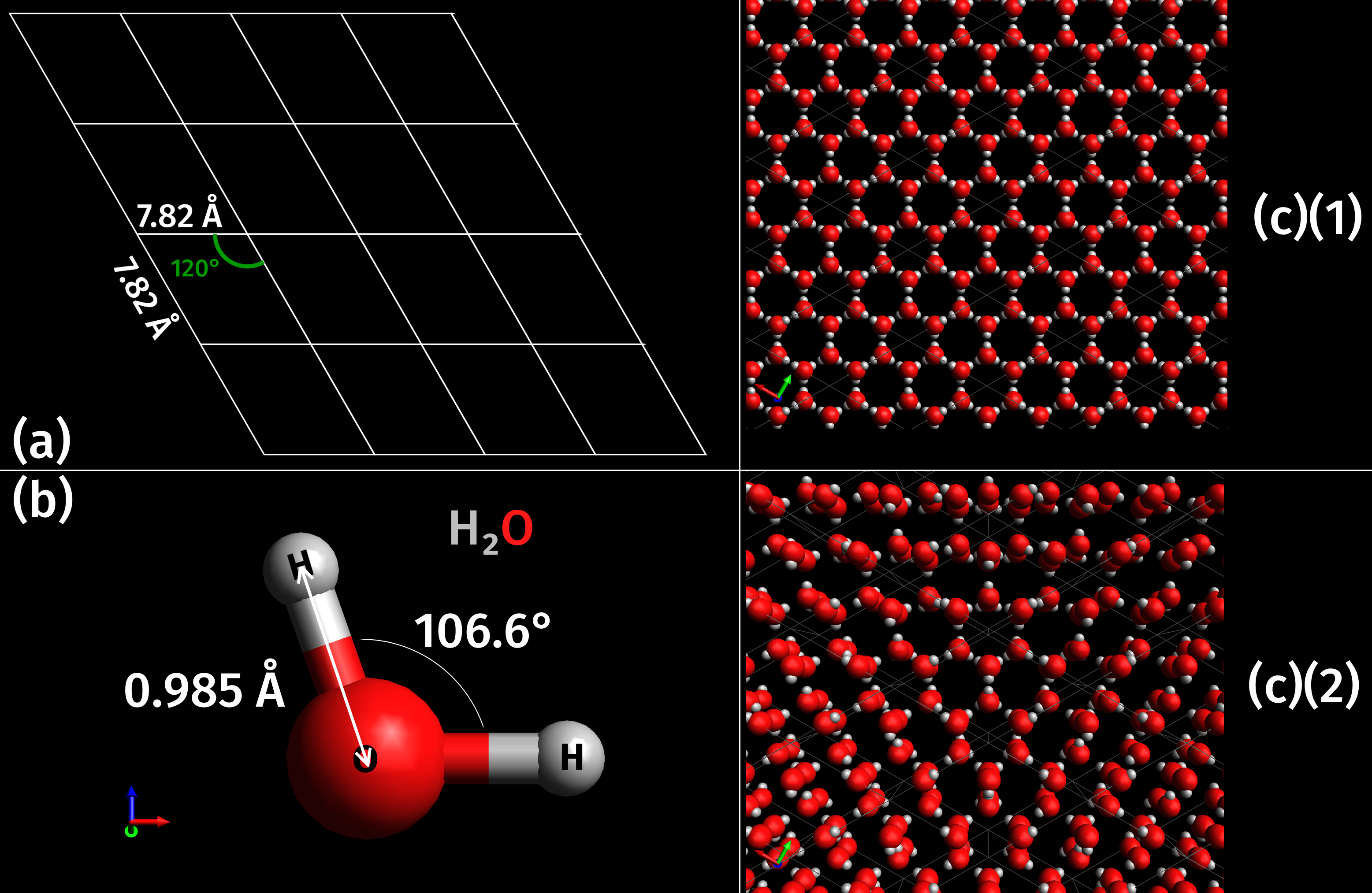|
Petra Pravlíková
Petra Pravlíková (born 4 June 1985 in Levoča, Czechoslovakia) is a Slovakian ice hockey forward. International career Pravlíková was selected for the Slovakia national women's ice hockey team in the 2010 Winter Olympics. She played in all five games, scoring two goals. She played in the qualifying campaigns for the 2010 and 2014 Olympics. Pravlíková has also appeared for Slovakia at eight IIHF Women's World Championships, across three levels. Her first appearance came in 2004. She appeared at the top level championships in 2011 The year marked the start of a Arab Spring, series of protests and revolutions throughout the Arab world advocating for democracy, reform, and economic recovery, later leading to the depositions of world leaders in Tunisia, Egypt, and Yemen .... Career statistics International career References External links [...More Info...] [...Related Items...] OR: [Wikipedia] [Google] [Baidu] |
Forward (ice Hockey)
In ice hockey, a forward is a player, and a position on the ice, whose primary responsibility is to score and assist goals. Generally, the forwards try to stay in three different lanes of the ice from goal to goal. It is not mandatory, however, to stay in a lane. Staying in a lane aids in forming the common offensive strategy known as a triangle. One forward obtains the puck and then the forwards pass it between themselves making the goalie move side to side. This strategy opens up the net for scoring opportunities. This strategy allows for a constant flow of the play, attempting to maintain the control of play by one team in the offensive zone. The forwards can pass to the defence players playing at the Blue line (ice hockey), blue line, thus freeing up the play and allowing either a shot from the point (blue line position where the defence stands) or a pass back to the offence. This then begins the triangle again. Forwards also shared defensive responsibilities on the ice with th ... [...More Info...] [...Related Items...] OR: [Wikipedia] [Google] [Baidu] |
IIHF Women's World Championships
The IIHF Women's World Championship is the premier international women's tournament in ice hockey. It is governed by the International Ice Hockey Federation (IIHF). The official world competition was first held in 1990, with four more championships held in the 90s. From 1989 to 1996, and in years that there was no world tournament held, there were European Championships and in 1995 and 1996 a Pacific Rim Championship. From the first Olympic Women's Ice Hockey Tournament in 1998 onward, the Olympic tournament was played instead of the IIHF Championships. Afterwards, the IIHF decided to hold Women's Championships in Olympic years, starting in 2014, but not at the top level. In September 2021, it was announced that the top division will also play during Olympic years and in August–September. Canada and the United States have dominated the Championship since its inception. Canada won gold at the first eight consecutive tournaments and the United States has won gold at eleven of ... [...More Info...] [...Related Items...] OR: [Wikipedia] [Google] [Baidu] |
Competitors At The 2011 Winter Universiade
Competition is a rivalry where two or more parties strive for a common goal which cannot be shared: where one's gain is the other's loss (an example of which is a zero-sum game). Competition can arise between entities such as organisms, individuals, economic and social groups, etc. The rivalry can be over attainment of any exclusive goal, including recognition. Competition occurs in nature, between living organisms which co-exist in the same environment. Animals compete over water supplies, food, mates, and other biological resources. Humans usually compete for food and mates, though when these needs are met deep rivalries often arise over the pursuit of wealth, power, prestige, and fame when in a static, repetitive, or unchanging environment. Competition is a major tenet of market economies and business, often associated with business competition as companies are in competition with at least one other firm over the same group of customers. Competition inside a company is u ... [...More Info...] [...Related Items...] OR: [Wikipedia] [Google] [Baidu] |
FISU World University Games Bronze Medalists For Slovakia
The International University Sports Federation (FISU; ) is responsible for the organization and governance of worldwide sports competitions for student-athletes between the ages of 17 and 25. It was founded in 1949 as the world governing body of national university sports organizations and currently has 165 member associations (National University Sport Federations) from five continents. Between 1949 and 2011, it was based in Brussels (Belgium); it was relocated to Lausanne (Switzerland) since 2011. The FISU stages its events every two years. They currently include three World University Games (beach,summer and winter) and 34 World University Championships. It also organizes conferences, forums and seminars to promote sport as a component of the educational system. FISU sanctions other competitions open to university students, such as the biennial World University Bridge Championships in contract bridge, "played under the auspices of the FISU". Organization A General Assembly e ... [...More Info...] [...Related Items...] OR: [Wikipedia] [Google] [Baidu] |
Winter World University Games Medalists In Ice Hockey
Winter is the coldest and darkest season of the year in temperate and polar climates. It occurs after autumn and before spring. The tilt of Earth's axis causes seasons; winter occurs when a hemisphere is oriented away from the Sun. Different cultures define different dates as the start of winter, and some use a definition based on weather. When it is winter in the Northern Hemisphere, it is summer in the Southern Hemisphere, and vice versa. Winter typically brings precipitation that, depending on a region's climate, is mainly rain or snow. The moment of winter solstice is when the Sun's elevation with respect to the North or South Pole is at its most negative value; that is, the Sun is at its farthest below the horizon as measured from the pole. The day on which this occurs has the shortest day and the longest night, with day length increasing and night length decreasing as the season progresses after the solstice. The earliest sunset and latest sunrise dates outside th ... [...More Info...] [...Related Items...] OR: [Wikipedia] [Google] [Baidu] |
Slovak Women's Ice Hockey Forwards
Slovak may refer to: * Something from, related to, or belonging to Slovakia (''Slovenská republika'') * Slovaks, a Western Slavic ethnic group * Slovak language, an Indo-European language that belongs to the West Slavic languages * Slovak, Arkansas, United States See also * Slovák, a surname * Slovák, the official newspaper of the Slovak People's Party Andrej Hlinka, Hlinka's Slovak People's Party (), also known as the Slovak People's Party (, SĽS) or the Hlinka Party, was a far-right Clerical fascism, clerico-fascist political party with a strong Catholic fundamentalism, Catholic fundamental ... * {{disambiguation, geo Language and nationality disambiguation pages ... [...More Info...] [...Related Items...] OR: [Wikipedia] [Google] [Baidu] |
Ice Hockey People From The Prešov Region
Ice is water that is frozen into a solid state, typically forming at or below temperatures of 0 ° C, 32 ° F, or 273.15 K. It occurs naturally on Earth, on other planets, in Oort cloud objects, and as interstellar ice. As a naturally occurring crystalline inorganic solid with an ordered structure, ice is considered to be a mineral. Depending on the presence of impurities such as particles of soil or bubbles of air, it can appear transparent or a more or less opaque bluish-white color. Virtually all of the ice on Earth is of a hexagonal crystalline structure denoted as ''ice Ih'' (spoken as "ice one h"). Depending on temperature and pressure, at least nineteen phases ( packing geometries) can exist. The most common phase transition to ice Ih occurs when liquid water is cooled below (, ) at standard atmospheric pressure. When water is cooled rapidly (quenching), up to three types of amorphous ice can form. Interstellar ice is overwhelmingly low-density amorphous ice (LDA), ... [...More Info...] [...Related Items...] OR: [Wikipedia] [Google] [Baidu] |


